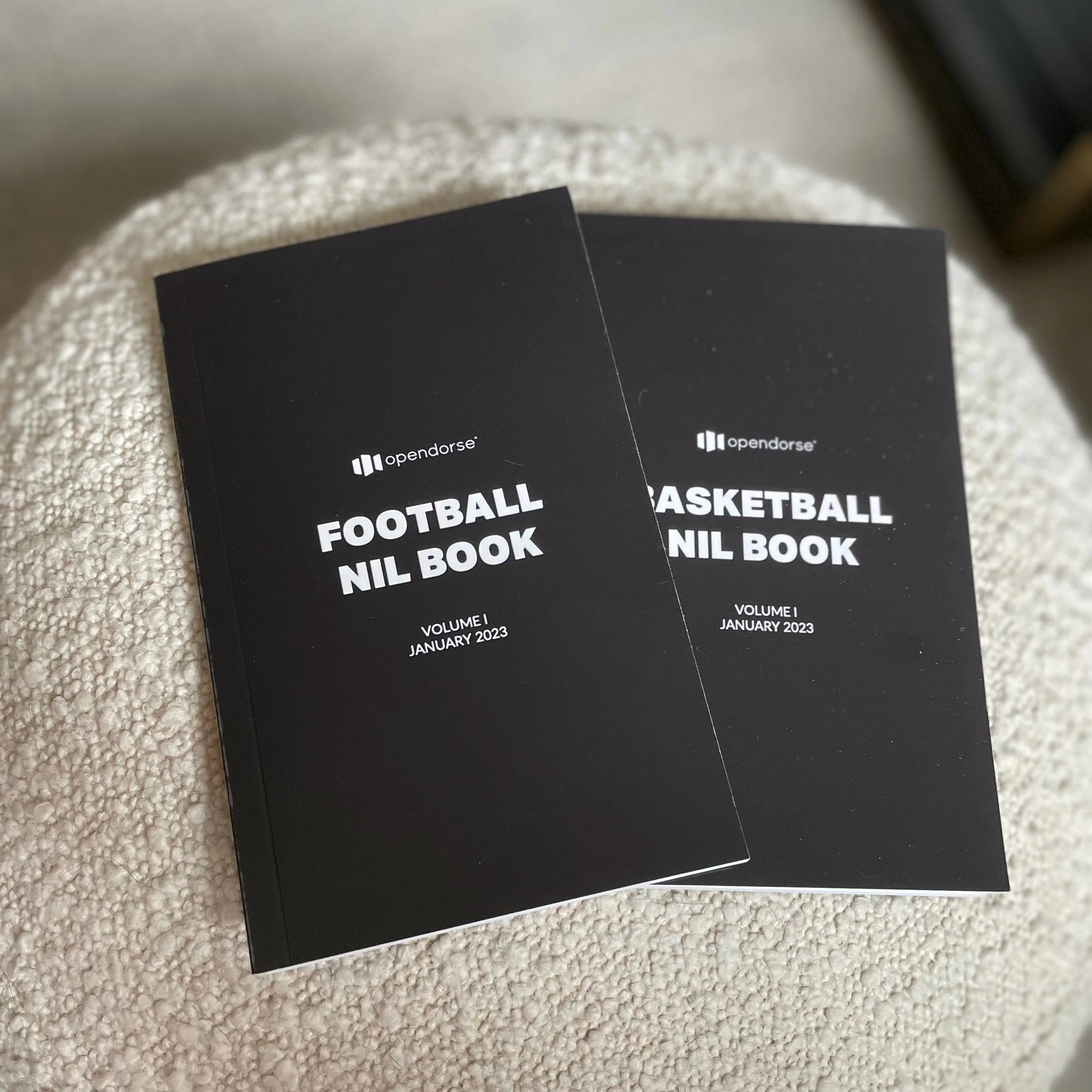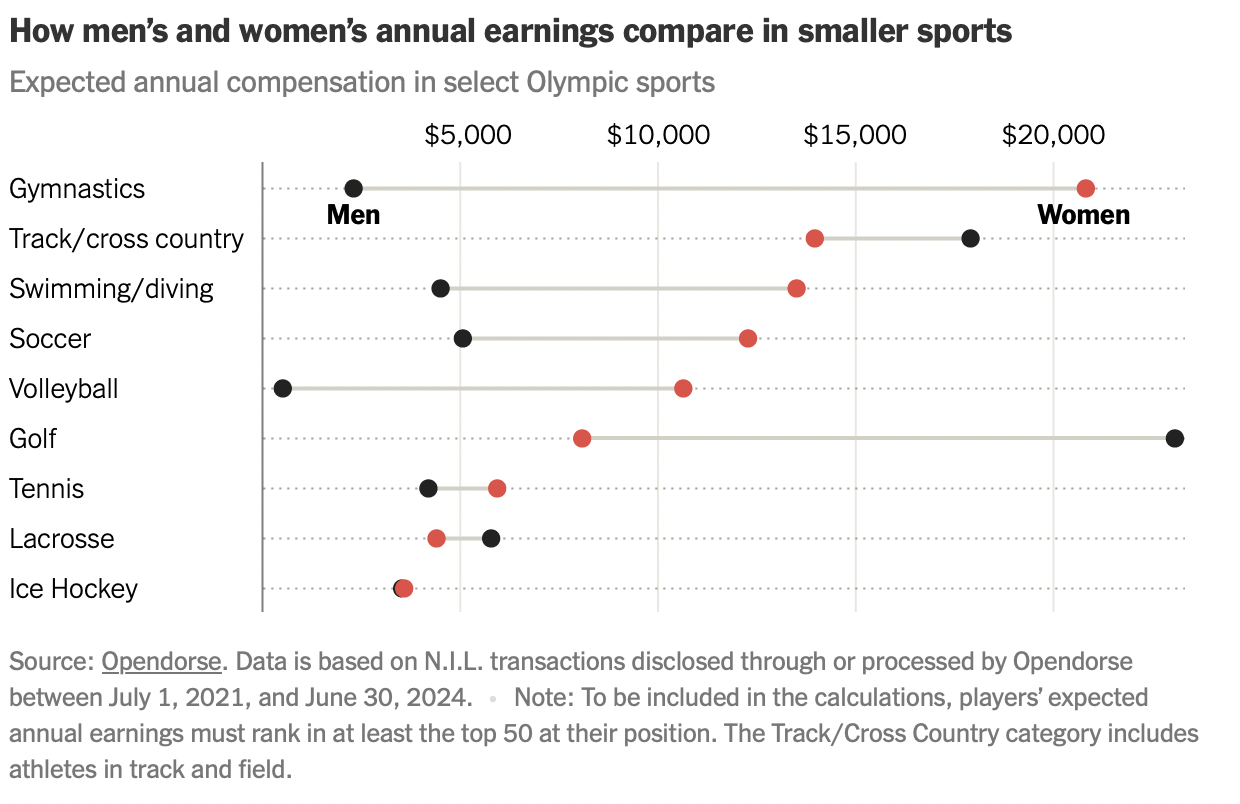The NIL Hypothesis: FOMO Means Mo’ Money
In scientific research, the “null hypothesis” of any study is the idea that there is no relationship between two sets of data or variables. For example, the null hypothesis of a study exploring linkage between increased consumption of Mountain Dew by men in the southern US and increased obesity rates would be that those two observations are completely unrelated. The study would then go on to examine the data – is there any connection between the two?
Today I offer something different: three “NIL” hypotheses. I think the amount of money being paid to athletes for their Name, Image and Likeness (their “NIL” – see this post) is 1) driven largely by FOMO; 2) it will continue to grow; and 3) it will continue to reach younger and younger athletes.
I’m not sure I can scientifically prove any of those, but these all seem like good bets.
THE FOMO FACTOR: College athletic coaches and boosters have a FOMO (a Fear Of Missing Out) if they don’t pay athletes slightly more than their competitor schools. That means the bidding is going up. Coaches essentially tell boosters, if you want a good team, we need a boatload of money from you. Of course, if you want a better team, you’ll have to pay more. That’s why…
NIL WILL CONTINUE TO GROW: How much more it will grow seems to be the only question. Over the past three years, the amount of money schools are paying athletes has slowly ramped up, in part because the market is opaque – most deals athletes sign are still secret. Coaches haven’t known how much other teams are offering, so they have been bidding blind – and bidding high.
The "Black Book" promises to demystify what athletes are getting paid, but won't stop the bidding war.
This year there is a new unofficial “black book” to help coaches and boosters figure out how much other coaches are paying players at each position. Based on the deals that are known (only about 1/3 of all deals are known), a company called Opendorse estimates the amount a top school should pay a top-25 quarterback at $820,000 a year. You should be able to get a top offensive lineman for $550,000. Strong running backs are a relative bargain at $340,000. In all, the black book says you should expect a payroll of about $10.5 million if you want to field a top football team.
It could be that the knowledge in the little black book will slow down exploding prices; at least coaches will have a better sense of what other teams are paying.
A settlement agreement in a lawsuit between athletes and the NCAA could also help: if approved by a judge, the agreement would allow schools to pay their athletes directly, with that amount be capped at $20 million across all a school’s different athletic teams.
Some of the $20 million colleges might use to pay athletes would go to non-revenue sports like these, and some might pay women more than men.
But that just means schools would be joining boosters in paying athletes – there would still be no cap on how much boosters could pay. FOMO says they’ll keep the bidding war going. And now that the money is legal for college athletes…
THE ATHLETES GETTING NIL DEALS WILL GET YOUNGER: In case you missed it, FOMO fever is coming to a high school near you. Over the past three years, 39 states have passed laws permitting scholastic athletes to be paid for their participation in high school sports. It’s FOMO again:
· State organizations argue that if they don’t permit the high school athletes in their state to be paid, the players will move to other states.
· Within states, coaches and boosters worry if they don’t let their athletes get paid, the athletes will just go to other schools.
· And athletes believe if they don’t go to a place that allows them to get NIL, they will be missing out on money they deserve.
When you hear some folks talk about high school NIL deals, they can sound almost like freedom fighters, not FOMOffs: “If a high school athlete gains recognition for their outstanding talent,” Rep. Jimmie Wilson of Michigan told a local TV station, “They should have the opportunity to get compensated for that popularity.” The mother of a star quarterback in North Carolina is suing the State Board of Education for not permitting high school NIL, claiming they are costing her son “a life-changing NIL opportunity.” Other proponents argue that negotiating deals will help young people get valuable experience learning to manage conflicts and learning about the worlds of entrepreneurship and business.
Maybe. But it sure seems like a slippery slope. Why stop in high school?
Arch Manning, who is the grandson and nephew of past NFL quarterbacks, is making a reported $3.1 million this year as a freshman backup quarterback for Texas. Who’s to say he couldn’t have made six figures as a middle schooler?
Maybe athletes at any age should have a chance to get a hand out and a hand up: how young is too young for someone to get NIL money?
Heck, if there are no boundaries, why not try to invest in a future quarterback before anyone else? Say, just before his 6-year-old Pop Warner season? If you don’t, you could be missing out…
-Leslie
Notes:
Opendorse: https://opendorse.com
Article summarizing football player prices by position: https://www.nytimes.com/interactive/2024/08/31/business/nil-money-ncaa.html
High school NIL examples: https://prepvolleyball.com/nil/what-are-some-examples-high-school-nil-deals-2794#:~:text=One%20example%20of%20an%20NIL,deal%20in%20the%20NIL%20space.
Non-monetary potential benefits of high school NIL: https://lead1association.com/nil-and-the-impact-on-high-school-sports-participation/
Growing trends: https://thehill.com/homenews/education/4267419-high-school-athletes-endorsements-college-nil-movement/
Georgia reverses high school NIL policy: https://www.si.com/fannation/name-image-likeness/nil-news/georgia-makes-shocking-reversal-on-nil-for-high-school-athletes-brad9


